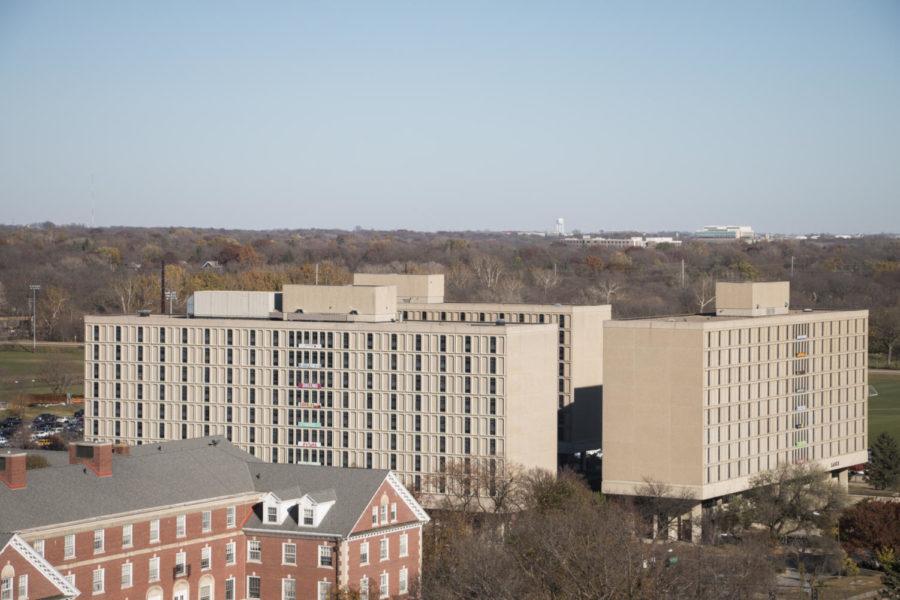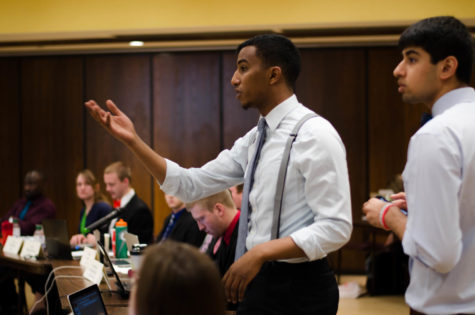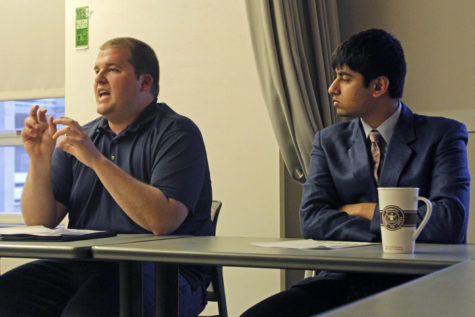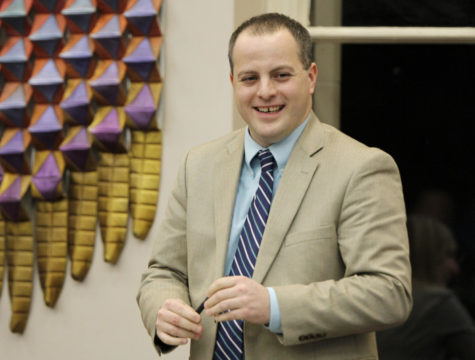Safety survey illuminates campus lighting problems
September 17, 2002
Iowa State still has room for improvement in lighting on campus.
During the Department of Public Safety’s campus lighting survey on Sunday, ISU officials and students said there are too many dark areas.
“We saw a number of existing lights that were burned out that need to be replaced,” said President Gregory Geoffroy.
He also said there was an area near the Durham Center that needs additional lighting.
DPS’s survey is conducted annually to uncover areas of campus that are unsafe.
“The purpose is to canvass the campus and identify areas that may be a safety concern,” said Julie Harders, program manager for DPS and organizer of the event.
Geoffroy, his wife, Kathy Geoffroy, and Thomas Hill, vice president for Student Affairs, were present. Employees from Facilities Planning and Management, the Women’s Center and student government leaders also helped conduct the survey.
Harders said they look for several things as they walk across the campus.
“We are looking for lights that don’t work, shrubbery that is overgrown and areas that are unsafe for students for a variety of reasons,” Harders said.
Jerry Stewart, director of DPS, said the survey is worthwhile.
“Last year, $48,000 in lighting and other improvements were made as a direct result of this survey,” he said.
Once the survey has been completed, Harders said she compiles a report and sends it to Facilities Planning and Management.
Randy Larabee, an engineer with Facilities Planning and Management, said the department receives two pieces of information from this report.
First, he said they get a list of lights that aren’t working and then receive a list of areas that need improvement. The lights that aren’t working are also fixed.
“We wait for funding on areas that need improvement,” Larabee said.
Students should feel free to come to GSB or DPS at any time if they notice lighting or safety problems, GSB President T.J. Schneider said.
“It is amazing this college has been around for 100 years or more and we still have areas that aren’t well lit,” he said.









